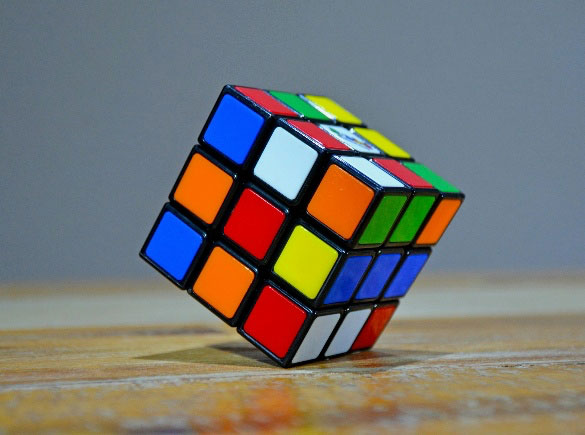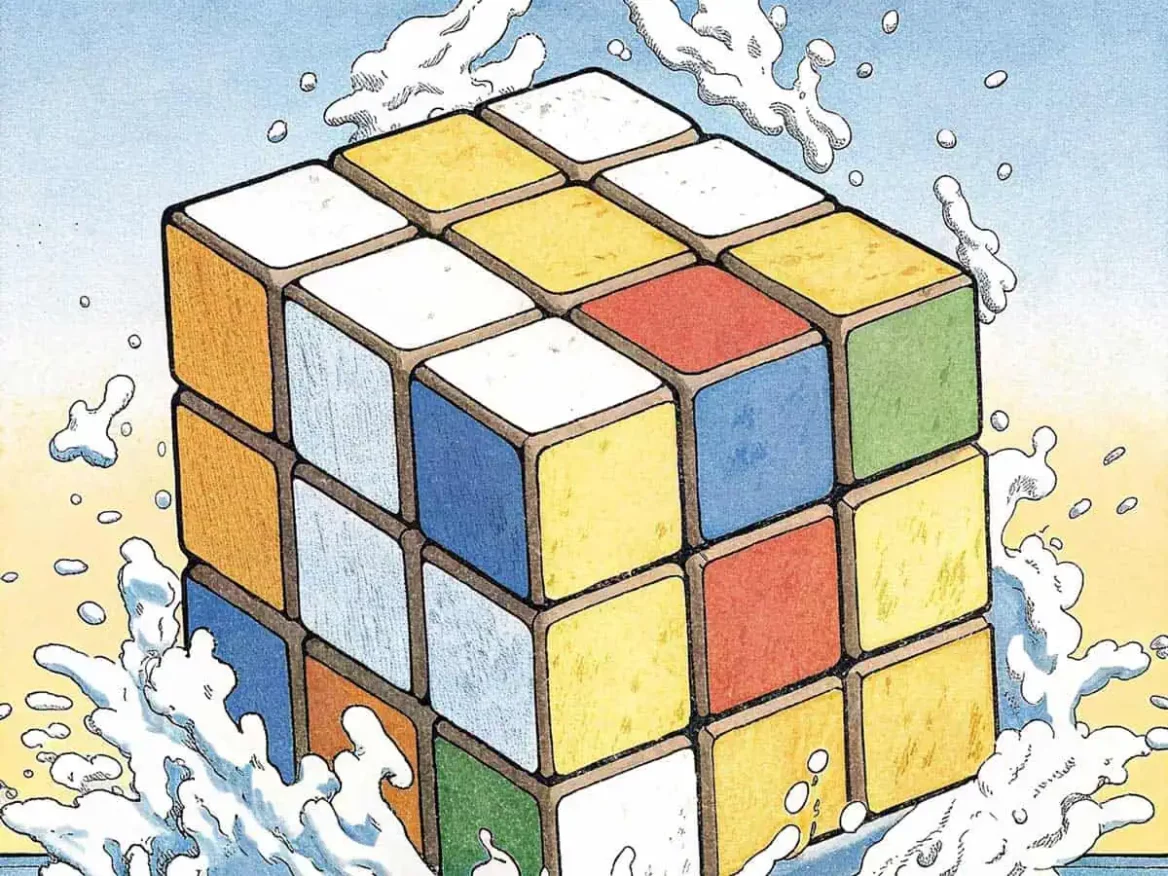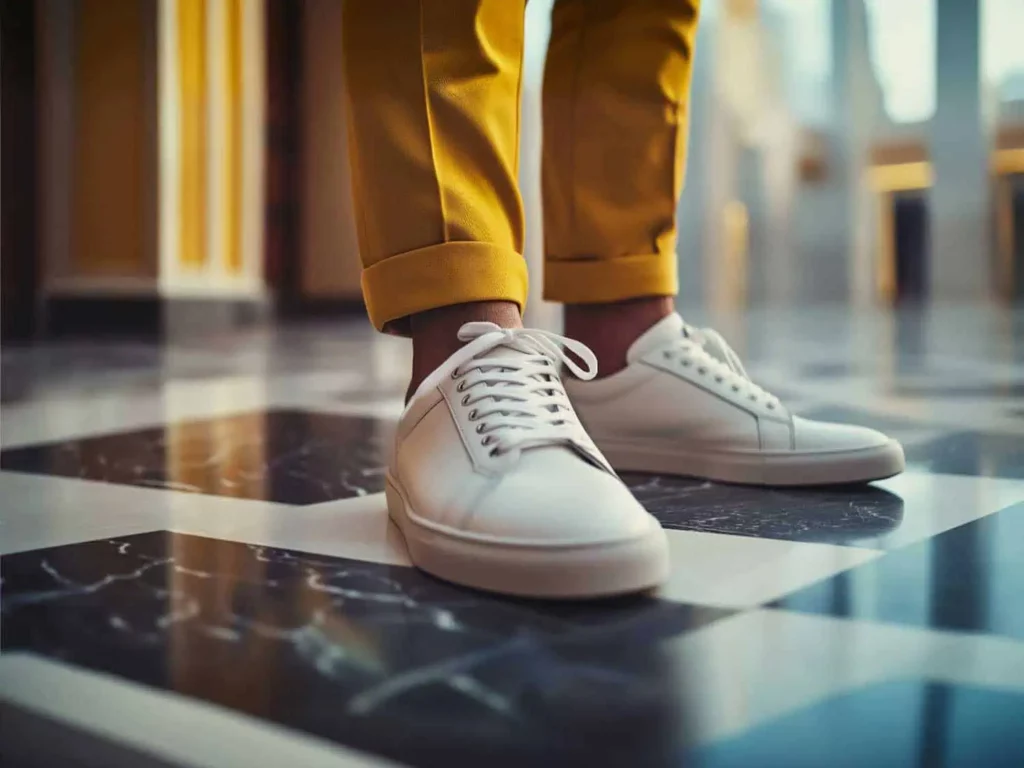In this article, I analyse the battle surrounding the Rubik’s Cube, in which the court eventually ruled that the cube’s unique colours and grid are copyrighted.
Some stare blindly, while others almost mindlessly spin the coloured squares of the cube until they correspond to each other. The Rubik cube has been one of the world’s most loved and hated games since 1974.
With more than 350 million cubes sold, the three-dimensional logic game is also an enorsm success. Not surprisingly, several variations of the cube have since been marketed by other toy manufacturers and dealers. One such trader is giftware supplier Beckx, which sells the Kama Sutra Cube, the Pink Cube, the Sudoku Cube, the Magic Cube and the Keychain Magic Cube.

Cubes in the courtroom
Beckx’s actions led to wrangling between Beck and Rubik early this decade. Rubik believed that the last two variations in particular infringed his copyrights, and demanded a sales ban. Beckx, on the other hand, argued that the original cubes would not be protected at all (anymore).
The Arnhem Court of Appeal ruled (on appeal) on 13 July 2021 that the cube designed by Rubik, with the specific colour squares in combination with the black borders around those colour squares (the so-called ‘grid’) possesses the originality required for copyright protection and that copyright protection applies in respect of that specific cube.
Ellen long conflict: Supreme Court 1
Like the dispute between Hasbro and Kreativni has been going on for many years. Rubik and Beckx even went as far as the Supreme Court and back. There, Rubik had primarily invoked the copyright of the cube without (colour) printing, i.e. the cube as the main shape combined with the composition and rotation of the 26 smaller cube-shaped elements.
In its judgment of 19 September 2014, the Supreme Court went along with the view of the Arnhem Court of Appeal of 25 September 2012, that Rubik’s cube constitutes a “three-dimensional logic game” and that Rubik also markets the cube in this way.
However, the elements of the cube for which protection was sought (i.e. the cube without colour print) were to be considered technically functionally determined, and were therefore insufficiently creative to be copyrighted.
Door open for copies
The Supreme Court thus opened the door to copies of Rebik’s cube, continuing the line it took in the Stokke/H3 4 and Stokke/Fikszo judgments 5 – by taking (again) as its starting point that elements of the work that serve a mere technical effect, or are too much the result of a choice limited by technical principles, are excluded from copyright protection.
For example, copyright does not monopolise ideas or mathematical concepts. The work is original if it is the creator/author’s own intellectual creation that reflects the personality (the personal stamp) of the latter which personality is expressed through the creator/author’s free creative choices in its creation.
Ellen long conflict: Supreme Court 2
In the present dispute, Rubik then made another attempt to have the cube without colour squares protected by copyright. However, the Arnhem Court of Appeal did not go along with this, but did find that the choice of the so-called grid in the specific shape, thickness and black colour in combination with the chosen six striking, contrasting specific colours did bear witness to creative work by Rubik and was therefore eligible for copyright protection.
The court stated that while the general choice of making each sub-cube identifiable by its visible surfaces is functional, the way the six side surfaces of the cube are designed leaves room for free creative choices.
It concluded that the width, colour and thickness of the grid together with the colour shades chosen by Rubik (red, green, yellow, blue, white and orange) gave the cube its original character, and Beckx’s Magic Cube and Keychain Magic Cube were too similar. These cubes thus infringed Rubik’s copyright on his cube, the court said.
Conclusion, according to Good Law: greater clarity
By using creative arguments to engage courts worldwide in legal discussions where the protection of (the appearance of) certain products through trademark and or copyright law is concerned, international players and their challengers contribute to the further development and refinement of the legal ‘ins and outs’ of legal doctrines. We, as lawyers, can appreciate such initiatives. Each case study provides a little more clarity.


